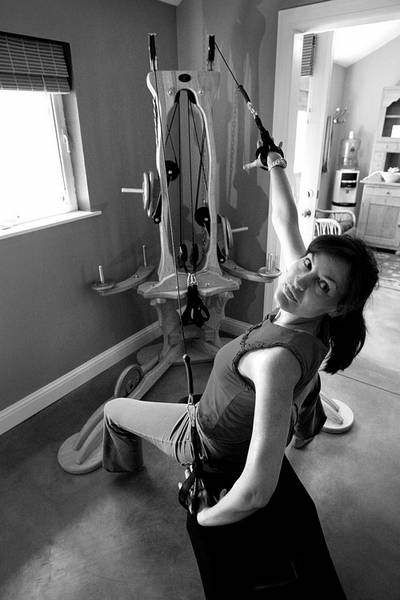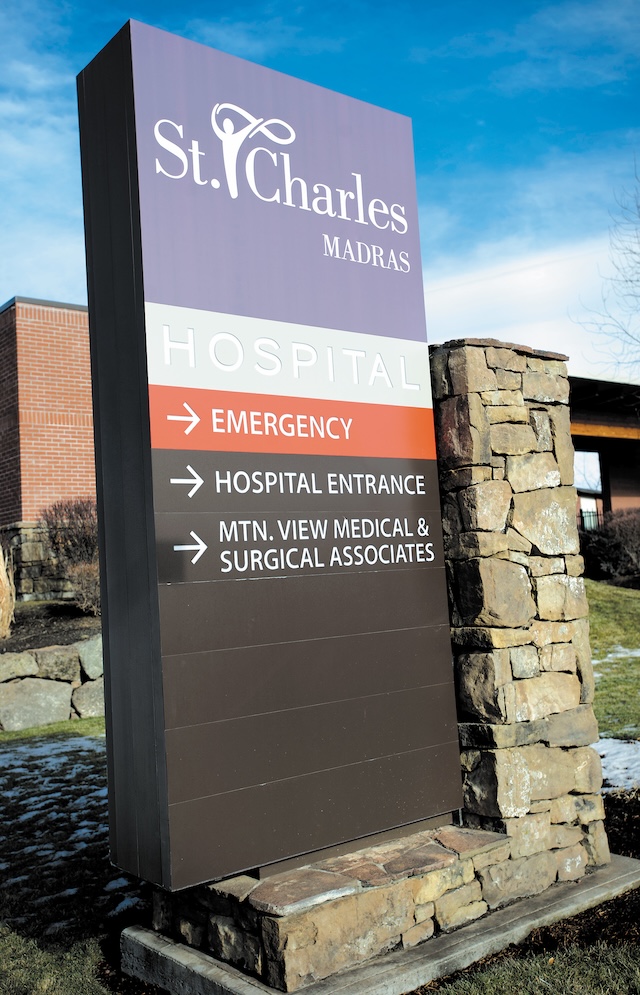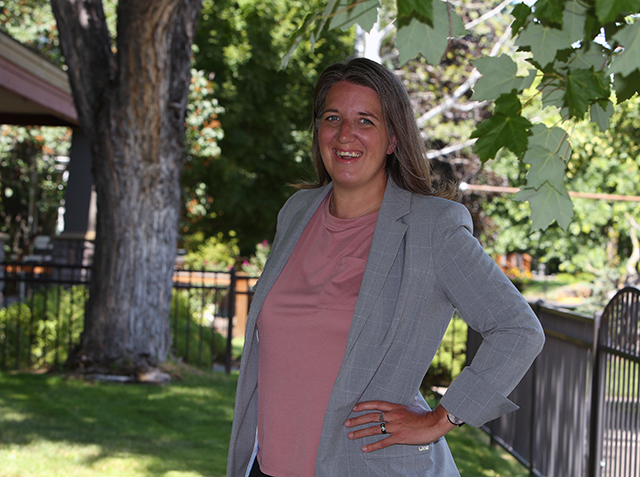Exercising the Gyrotonics way
Published 5:00 am Thursday, May 18, 2006

- Jessica Ardeljan demonstrates another move on the Gyrotonics machine. Crafted from wood, it offers many possible exercises.
The Tower, a 7-foot tall, sculpted wooden apparatus, looks like something that might be sold at an outdoor festival in Bend. Or perhaps a medieval torture device.
But the structure dominating a room in Jessica Ardeljan’s Pilates Place Bend studio is actually a sophisticated exercise machine at the forefront of a small but growing fitness trend called Gyrotonics.
Trending
”The machine is quite formidable and frightening looking, but what it’s meant to do is kind of give the resistance of working underwater,” she says. ”But unlike working underwater, you have more controlled movement.”
The machine uses a system of weights and pulleys to provide uniform, continuous resistance throughout the movement, providing a low-impact workout that develops range of motion. Movement patterns on the machine are natural and continuous, without the stopping and reversing of linear exercises such as weight lifting.
Each exercise is synchronized with a corresponding breathing pattern and is performed with a specific rhythm that can vary from a gentle movement to vigorous cardiovascular stimulation.
Everything in the workout is choreographed so that one movement flows naturally into the next. The movement is circular and three-dimensional, requiring the individual to arch forward, roll backward or twist from side to side.
”It’s more about flow and movement,” Ardeljan says. ”So where in Pilates you’re doing repetitions, with Gyrotonics, it’s more of a dance.”
That’s no coincidence. Gyrotonics was developed by Juliu Horvath, a former dancer with the Romanian State Opera. While on tour in Italy in 1970, he defected and made his way to the United States, where he danced for the New York City Opera and the Houston Ballet until he ruptured his Achilles tendon.
Trending
As part of his rehabilitation, he studied yoga and developed a specialized yoga for dancers, which later evolved into an exercise system he called Gyrokinesis.
Horvath returned to New York in the 1980s and began teaching the method to dancers, eventually opening his own studio. But he dreamed of creating a machine that would help a dancer achieve a better turn or pirouette.
Eventually that dream became the Gyrotonic Expansion System, commonly referred to as the Tower. Horvath says the system is designed to simultaneously stretch and strengthen the body with minimal effort, while increasing range of motion and developing coordination.
”The work is very versatile,” Ardeljan says. ”We can work on a client’s individual needs of strengthening, stress relief, flexibility, coordination or stabilization.”
There are only a few licensed Gyrotonic instructors in Oregon. Ardeljan’s is the only one outside Portland or Eugene. The Gyrotonic Corp. requires potential instructors to train with master instructors and then pass a final certification exam overseen by Horvath himself.
”It’s like being able to work with Joseph Pilates,” Ardeljan says.
Gyrotonics has no formal connection with Pilates, nor are the two approaches very similar, other than in their effect. Both work on core strength and improve posture and body awareness. But many Gyrotonic instructors got their start in Pilates.
Pilates had become increasingly mainstream over the past decade, but Gyrotonics remains on the fringe for now. And much like Pilates, Gyrotonics got the ultimate endorsement when news leaked out that fitness-buff Madonna was a devotee.
Lindsey Bennett, 26, an event planner at Eagle Crest, says she first heard of Gyrotonics from a celebrity magazine. When she met Ardeljan through a friend, she decided to check it out for herself.
”It does something to you that I’ve never felt before, the way that you’re stretching and moving your body, your core is so focused,” she says. ”You become really aware of every single part of your body.”
She found the workout involves a bit of a learning curve.
”It’s a little different. You’re breathing in all these really funny ways. It seems a little weird, you’re moving and stretching,” she says. ”You definitely have to get used to it and work into it.”
But at the end of the first workout she already felt a benefit.
”I told felt like I just got done with an hour massage,” she says. ”It was amazing.”
Ardeljan says that feeling of relaxation and awareness is a typical after a Gyrotonics class.
”Bend needs Gyrotonics,” says Ardeljan. ”With the active lifestyles here, there are so many people in need of more mobility, flexibility, strength or stability.”
Pilates Place Bend, 788-2691, charges $55 to $70 for an hour-long Gyrotonics class, but offers special pricing for new clients.
Markian Hawryluk can be reached at 617-7814 or mhawryluk@bendbulletin.com.







